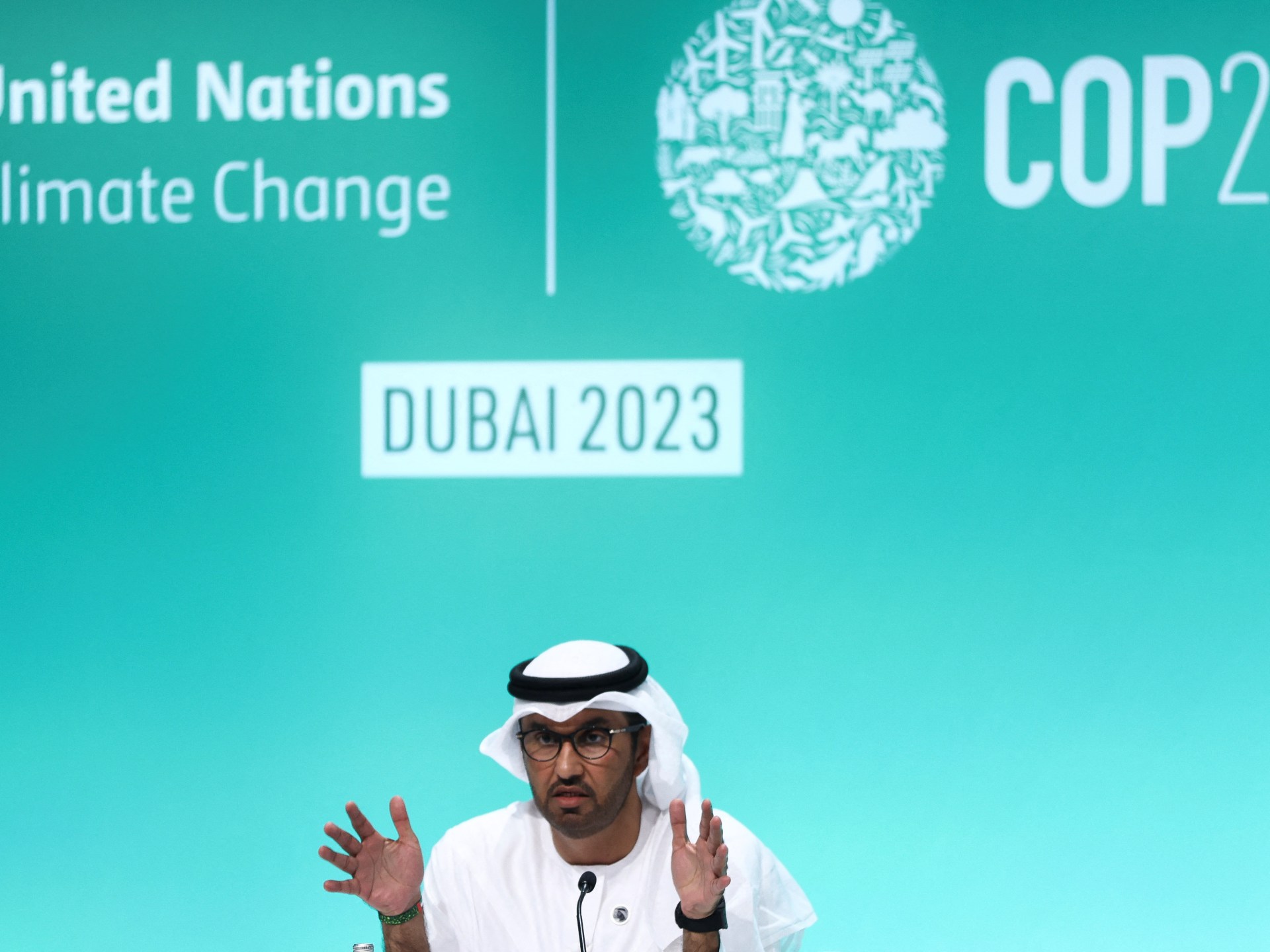America added 428,000 jobs in April
It was the 16th straight month of job growth and the 12th straight month that more than 400,000 jobs were added, but gains have started to moderate.
Last month, most positions were added in the leisure and hospitality industry. Manufacturing, and transportation and warehousing also added a significant number of jobs.
Workers also continued returning to their offices: The percentage of Americans teleworking due to the pandemic fell to 7.7% in April from 10% in March.
Getting back to normal
Although last month’s number was larger than the 391,000 that economists had predicted, the slowdown in job growth is no surprise.
“We’re in for a slower 2022,” said Daniel Zhao, senior economist at Glassdoor.
Signs of cooling in the labor market are all over the April report: The labor force participation rate, for example, inched down to 62.2% from 62.4% in March, falling for both men and women.
The moderation in the jobs recovery is partly due to the fact that the labor market has come a long way and was bound to see a slowdown at some point. And it’s also partly due to the labor shortage that makes finding workers to hire more difficult.
As businesses struggle to find staff, they keep raising wages to attract workers. Average hourly earnings rose another 10 cents, or 0.3%, last month to $31.85. Wages have risen consistently since June 2020. Over the past 12 months, average hourly earnings have gone up by 5.5%.
“The April report might not be as stellar as recent releases, but it still depicts a very strong labor market,” said Indeed economic research director Nick Bunker in emailed comments. “The current clip of job gains is remarkable given how tight the labor market is.”
Prior to the pandemic, the US economy was adding, on average, fewer than 200,000 jobs during the Trump administration. So the Biden administration’s constant reminder that the economy remains strong is undoubtedly true.
Inequalities persist
The pandemic recession came and went in a flash. But that doesn’t mean American workers weren’t feeling the pain.
That said, not all is quite back to normal in the United States.




